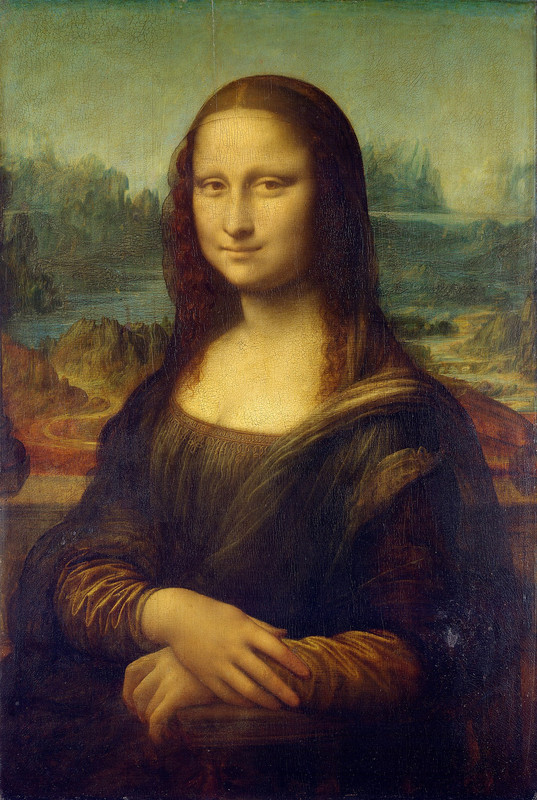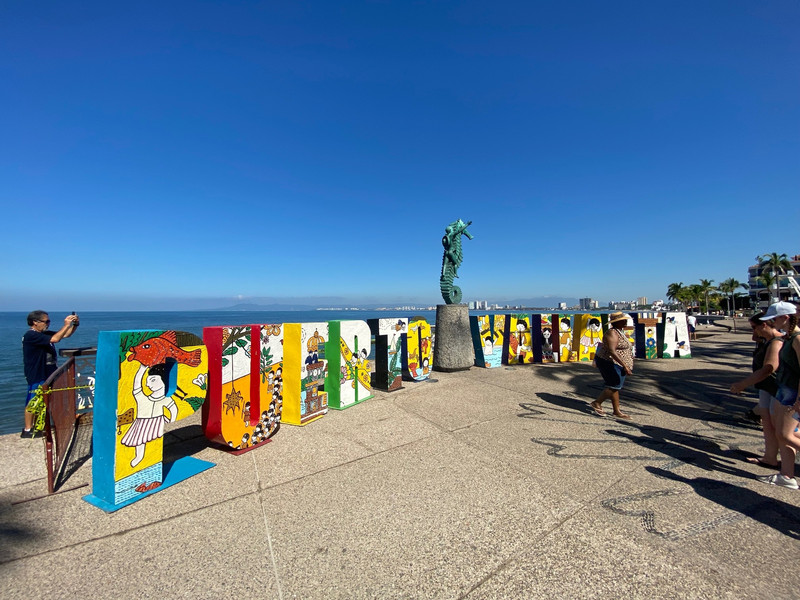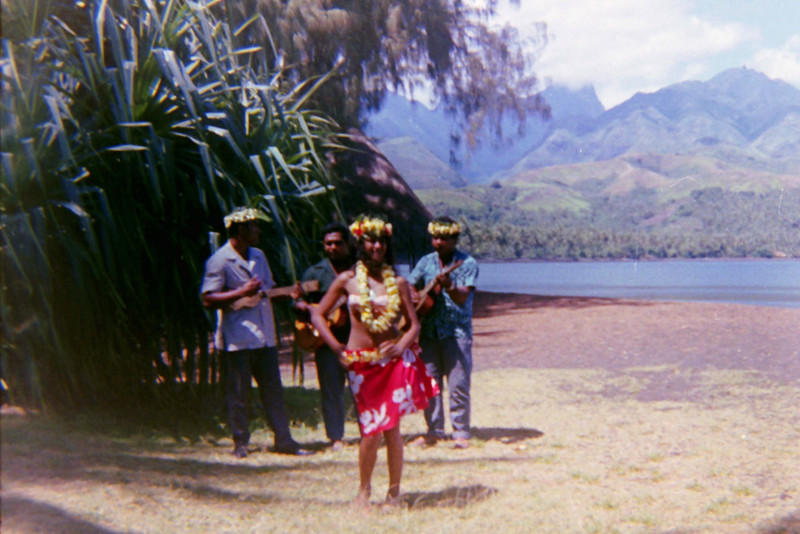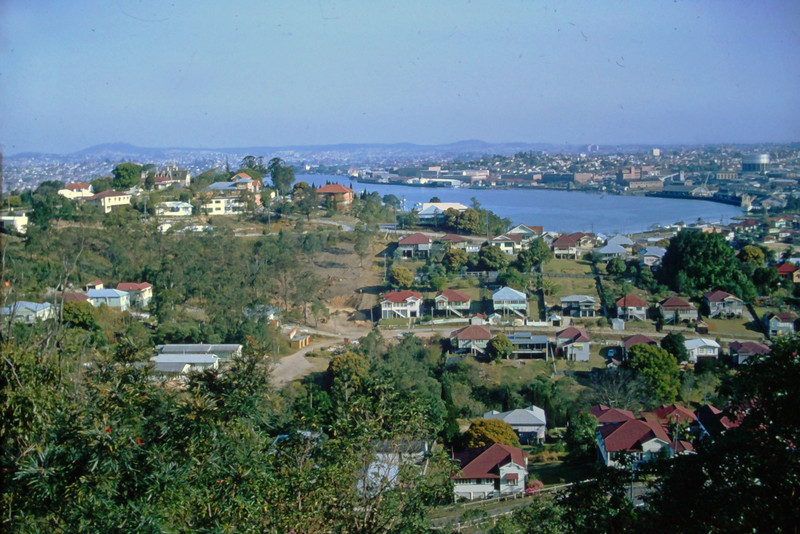I have just watched an outstanding art documentary called ‘The Mona Lisa Curse. It is written and presented by the eloquent and discerning art critic, Robert Hughes. He investigates how the worlds most iconic painting, the Mona Lisa, has had a massively negative impact on the art world. He sets out his thesis thus:
Ive seen with growing disgust the fetishization of art, the vast inflation of prices, the effect of this upon artists and museums. The entanglement of big money with art has a curse on how art is made, controlled and, above all, in the way it is experienced. And this curse has infected the entire art world. Apart from drugs, art is the biggest unregulated market in the world.
Hughes traces the beginning of arts downfall to 1962, when the Mona Lisa was shipped across the Atlantic to be displayed in front of the adoring masses in New York and Washington. The paintings presence in Washington was like a cultural extension of the arms race, Hughes says. It had made the leap from art work to an icon of mass consumption. They to look at the Mona Lisa; they came in order to
The art world, according to Hughes, is nowadays dominated by a new breed of buyer who views art purely as an investment. He charts the rise in prices paid for works of art: for example, a Picasso bought in 1981 for $5.8 million was resold in 1989 for $47.8 million. The consequence of such prices, Hughes says, was that art came to be admired not through any critical perspective but for its price tag. Auction houses were the new arbiters of taste. Art began to take over from art as art. The price of a work of art has now part of its function; it has redefined the art whose new job is to sit on the wall and get more expensive.
Hughes regrets the metamorphosis of art museums into operations with directors like Thomas Hoving and Thomas Krems at the helm. Krems likens the worlds great art museums – the Louvre, the Guggenheim, the Royal Academy – brands. Hughes and Philippe de Montebello, longtime Director of the Metropolitan
Museum of Art in New York, lament the fact that museums no longer have the financial muscle needed to buy great works of art. No, the only people now able to afford masterpieces are the private collectors: billionaires, Russian oligarchs, Chinese nouveau riche, Arabs.
And some of the ‘masterpieces that sell for outlandish sums are, according to Hughes, overrated. He pours scorn on the record $135 million paid for Gustave Klimts Portrait of Adele in 2006, describing the painting as: a very beautiful decorative picture done in a manner to please a society lady. It has a lot of charm but is no kind of a great painting.
And Hughes considers a lot of expensive modern art to be rubbish. He has contempt for Andy Warhol (a dull celebrity businessman), Jeff Koons and Damien Hirst. Standing in front of Hirsts celebrated formaldehyde shark, he describes it as a pretty meaningless object ... the shark functions like brand for the king of the young British artists ... its a clever piece of marketing but as a work of art its absurd. Looking disgustedly at Hirsts The Virgin Mother, he describes the modern art
Driving this world of ridiculous prices and tawdry exhibits is a vast promotional machine of dealers, agents, advertisers and collectors, all with just one thing in mind: profit.
The documentary ends with an image of Damien Hirsts skull, For the Love of God, which prompts Hughes to reflect on the purpose and future of art: If art cant tell us about the world we live in, there is no point in having it. What good is art? Is what art does actually worth doing? An art which monetized is going to have to answer these questions or its going to have to die.
Hughes died in 2012. He would have been horrified by what happened in 2017, when a Saudi Arabian billionaire bought Leonardo da Vincis Salvator Mundi for a $450 million. (The previous record was the $300 million paid for Willem de Koonings Interchange.









